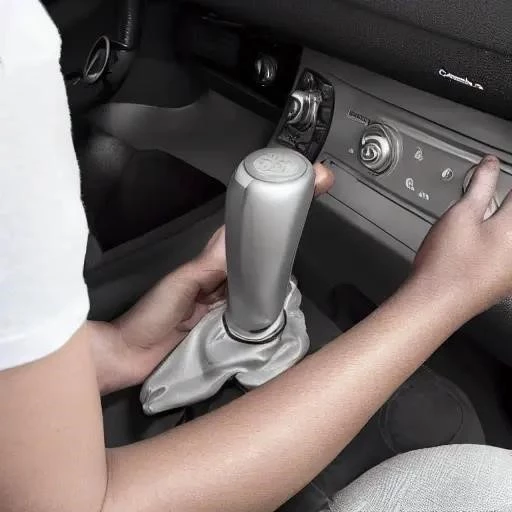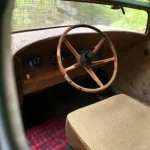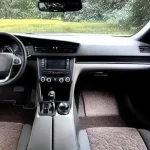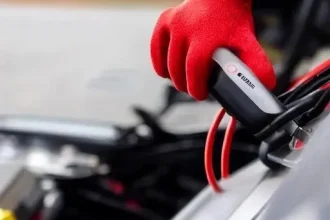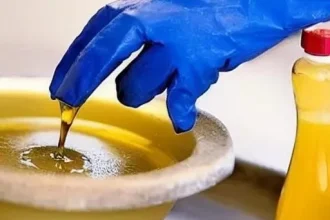Today is 09/19/2025 11:01:36 ()
In an era increasingly dominated by autonomous features and seamless, often passive, driving experiences, the humble manual transmission car stands as a defiant beacon of engagement. While many have relegated the “stick shift” to the annals of automotive history, or perhaps to specialized niche markets, a growing chorus of enthusiasts and savvy consumers are rediscovering its profound, undeniable benefits. Far from being an outdated relic, the manual offers an unparalleled connection between driver and machine, transforming mundane commutes into genuinely exhilarating journeys and imparting a mastery that modern automatics simply cannot replicate. It’s akin to choosing a hand-crafted timepiece over a smart device; both tell time, but one offers an artistry and intimacy that transcends mere functionality.
For those who champion the third pedal, driving becomes an active dialogue rather than a passive observation. The deliberate act of coordinating clutch, throttle, and shifter creates a visceral, tactile feedback loop, demanding attention and rewarding precision. This enhanced involvement isn’t just about fun; it demonstrably cultivates heightened situational awareness, keeping drivers acutely focused on the road ahead and remarkably reducing the pervasive boredom that can often accompany prolonged periods in traffic. As automotive journalist Chris Harris once eloquently put it, “A manual gearbox forces you to think, to anticipate, to drive.” This philosophy resonates deeply with those seeking a richer, more intentional interaction with their vehicle, fostering a sense of control that is incredibly empowering.
| Aspect | Details |
|---|---|
| Key Components | Flywheel, Clutch Disc, Pressure Plate, Gearbox, Shift Linkage |
| Typical Clutch Lifespan | 100,000+ miles (with proper driving habits); can vary significantly based on usage. |
| Average Transmission Repair Cost (vs. Automatic) | Manual: $500 ‒ $2,000 (clutch replacement is common wear item); Automatic: $3,000 ‒ $8,000+ for full transmission replacement. |
| Driving Benefits | Enhanced vehicle control, increased driver engagement, improved focus, anti-theft deterrent. |
| Fuel Efficiency (Modern Comparison) | Often comparable to modern automatics; historically superior, now often within 1-2 MPG. |
| Initial Purchase Cost | Typically $1,000 ⏤ $2,000 less than the automatic equivalent for the same model, though availability on base trims is decreasing. |
| Official Reference | Car and Driver Magazine |
Beyond the sheer joy of driving, opting for a manual transmission often translates into tangible economic advantages. Historically, and still largely true today, manual cars boast lower initial purchase prices, providing an immediate saving that can be incredibly appealing in a tightening market. More critically, the long-term cost of ownership is frequently reduced. “Manual transmissions, if properly cared for, require less maintenance and typically cost less to fix if they do break down compared to automatic counterparts,” notes a seasoned mechanic from AskMechanics. While clutch replacement is an expected wear item, its cost is negligible compared to the exorbitant expense of repairing or replacing a complex modern automatic transmission, which can easily run into thousands of dollars. This financial prudence, coupled with the proven durability of a well-maintained manual, makes it a remarkably smart investment.
Furthermore, owning a manual car offers an unexpected layer of security in an increasingly uncertain world. The dwindling number of drivers proficient in operating a stick shift means that the likelihood of opportunistic carjacking dramatically decreases. Many potential thieves, confronted with a car requiring manual gear changes, are simply unable to operate it, often abandoning the attempt altogether. This surprising anti-theft benefit, while rarely a primary purchasing factor, adds a compelling practical dimension to the manual’s appeal. It’s a quiet guardian, preventing unwanted attention and safeguarding your valuable asset with a simple, yet increasingly rare, skill set.
While some might lament the perceived inconvenience of a manual in bumper-to-bumper traffic or the initial learning curve, these minor hurdles are often easily overcome and vastly outweighed by the persistent rewards. Mastering techniques like the handbrake start on a steep incline or seamlessly executing a rev-match downshift provides an exhilarating sense of accomplishment, transforming a mere commuter into a confident, skilled driver. By embracing the manual, you are not just buying a car; you are investing in a richer driving experience, a valuable skill, and a unique statement against the homogenization of modern transportation. In 2025, the manual transmission car isn’t just surviving; it’s thriving for those who dare to take the wheel and truly drive.
